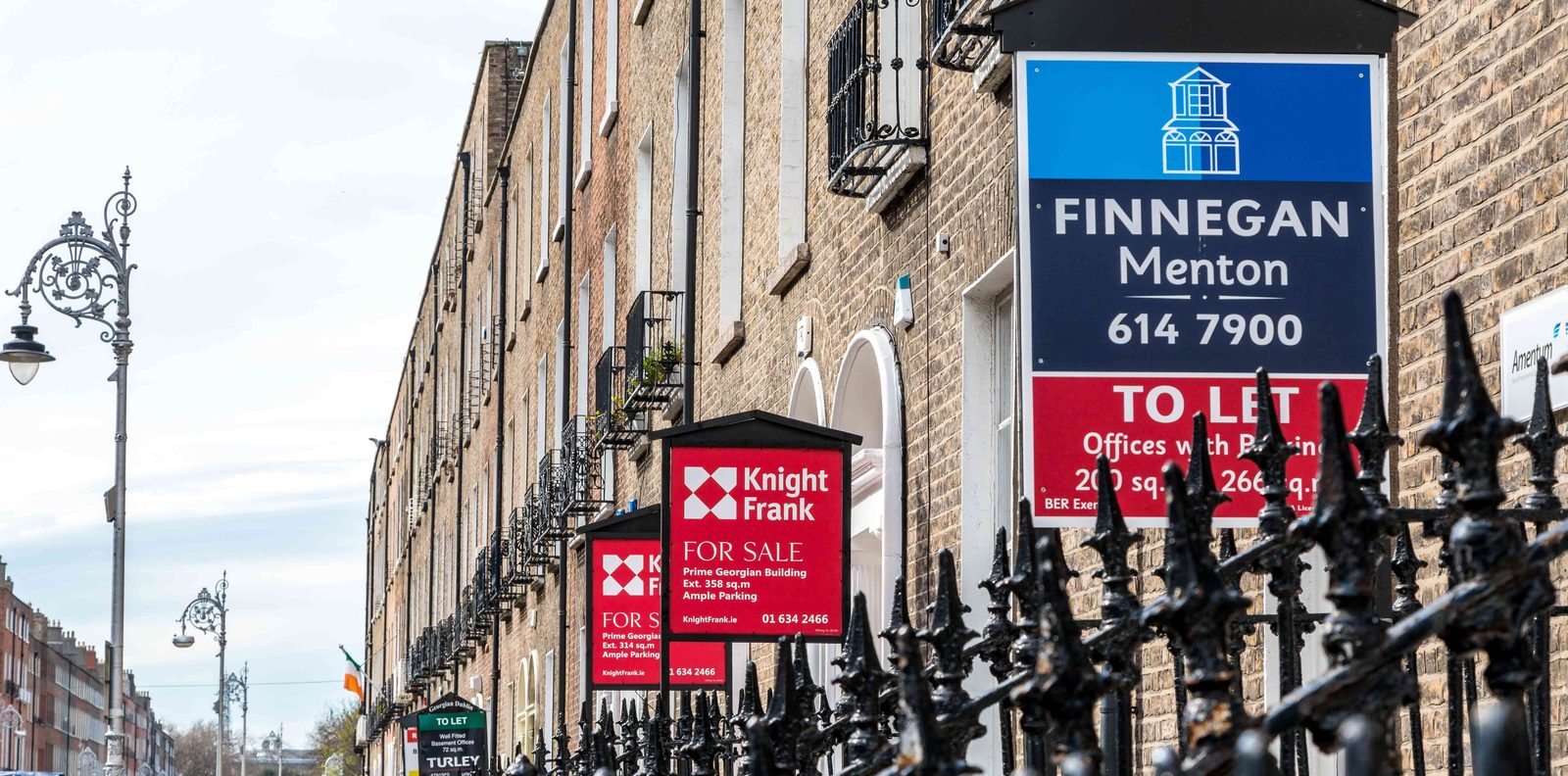 If you’re considering selling your dental practice, do you know who’s buying? Simon Hughes takes a closer look.
If you’re considering selling your dental practice, do you know who’s buying? Simon Hughes takes a closer look.
Once the holiday season subsides, schools resume, and business returns to normal in September, many practice owners will re-focus their priorities for the balance of this calendar year. The early autumn tends to be the time when those considering a sale in the following year make preliminary enquiries, so for those looking to sell, what is the state of the market and what are the prospects of a timely disposal?
Who’s buying?
Buyers broadly fall into three categories and can offer very different propositions to the practice owner wishing to sell.
Independents – mainly first-time buyers or owners of an existing practice, an independent purchaser can be ideal for a principal wishing to leave the practice soon after completion. For those wishing to remain as an associate at the practice, working closely with a new principal can be a difficult transition for the seller, buyer and staff alike. For staff, immediate adjustment is required in terms of report lines and for the remaining principal, the challenge can be one of ‘letting go,’ particularly if they have owned the practice for some time.
Funding for this type of buyer is likely to come from traditional bank debt with a detailed underwriting process. First-time buyers are often working associates themselves, which can mean that the only time to negotiate a sale is in between patients or after hours, which can extend the transaction time.
Multiple practice owners and emerging corporates – this is the new wave of purchaser in the market, buoyed by the availability of bank debt and an ambition to grow rapidly through acquisition. These companies generally have between five and 25 practices and are entrepreneurial and cash rich, making them an ideal choice for many principals thinking of selling. However, not all have central support services so the day-to-day management of the practice should be carefully agreed to avoid a post-completion management vacuum.
Corporates – the landscape at the top of the market has changed completely in the last few years. Once upon a time, the default for principals of larger practices in particular was to approach the two main corporate operators at the time, as they seemed to be the best or only likely buyers. However, this is no longer the case as the market for larger practices has matured significantly and there is now significant competition for quality practices in the higher price ranges.
Are banks lending to the sector?
Dentistry is a ‘green light’ sector for banks, attracted to the security of income afforded by NHS dentistry, the increasing awareness of oral health, and a strong economy, which supports discretional spend in emerging cosmetic and aesthetic treatment lines.
Main high street lenders are involved in the sector and Christie & Co has worked with over a dozen different banks in the last 12 months. Top up or unsecured funding is often available if required for
practice refurbishment.
Where is pricing currently?
Once something of a cottage industry, the dental sector is now becoming far more sophisticated and whilst ‘pence in the pound,’ a multiple of turnover, is still quoted as a valuation method, it’s profit that services debt, provides a return to the practice owner, and should be the primary driver of value.
Depending on the type and location of the practice, multiples of EBITDA (profit before non-operational, personal and one-off costs) range from 5.5 to eight, although lower and higher multiples are often recorded. When selling, it’s absolutely crucial to accurately calculate practice EBITDA to ensure that pricing
is correct.
Recent case studies
Two larger practices in the south east, which were sold through Christie & Co in August, demonstrate the changing dental landscape.
Northern Home Counties:
- High quality general private practice with some plan income
- Turnover in excess £1,200,000
- EBITDA (including principal’s retained costs) £238,557
- Principal tied in three years with 10% price deferred
- 50% associate rate agreed
- Acquired by small expanding dental group
- Achieved £1,475,000
- Profit was modelled to assume principal retained as an associate on 50%. The sale price achieved could have been higher if a lower % had been accepted.
A practice in north London:
- High end fully private practice in affluent north London suburb
- Principal had received direct approach and offer
- Turnover £2,350,000
- Associate-led EBITDA £475,000
- Acquired by mid-sized group (20 practices)
- Achieved £3,700,000, 10% higher than the direct offer, which had been received
- Principal was not working full time at the practice so risk of patient loss reduced. No deferred sale price and transaction completed within eight weeks of being agreed.
For more information visit www.christie.com.


